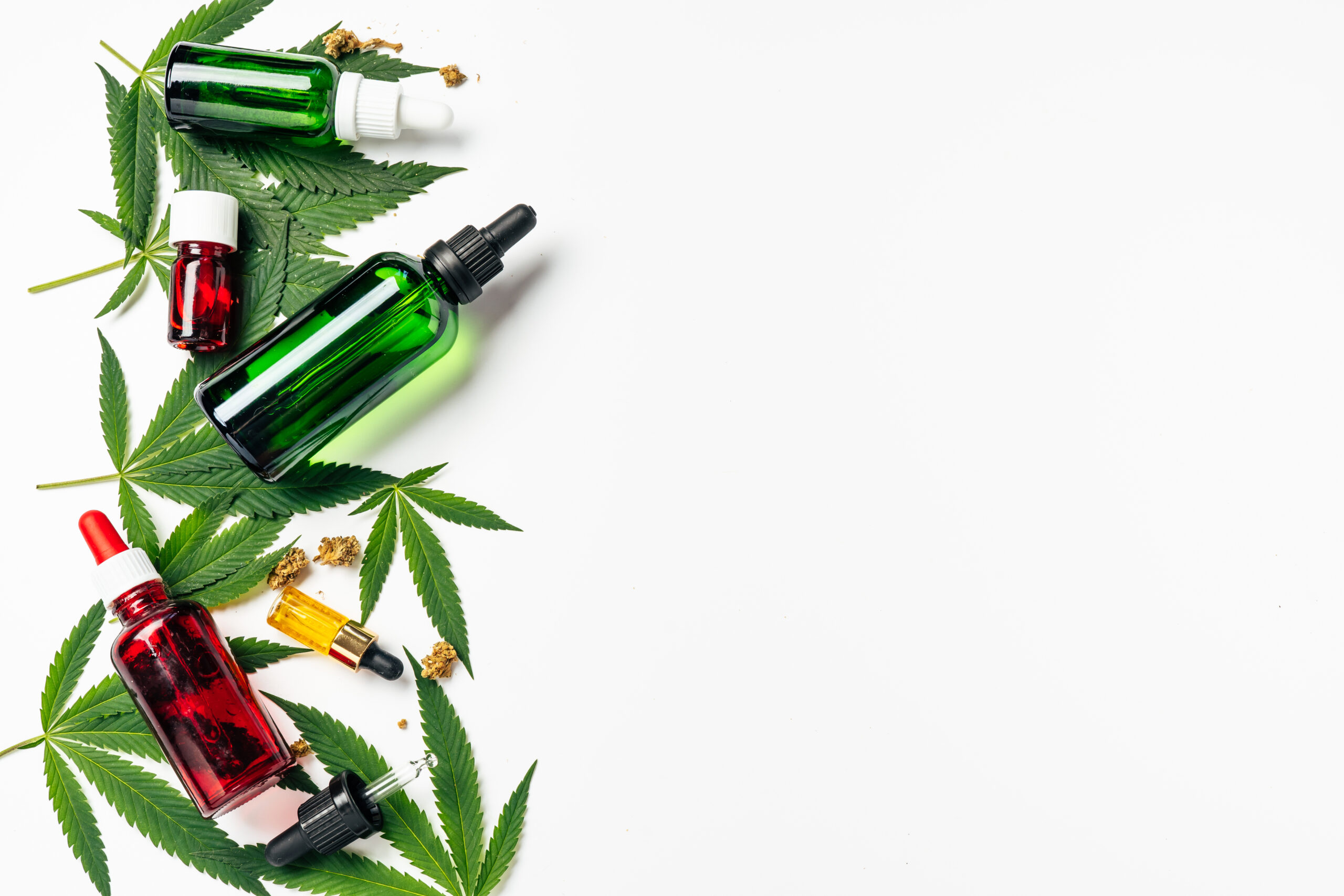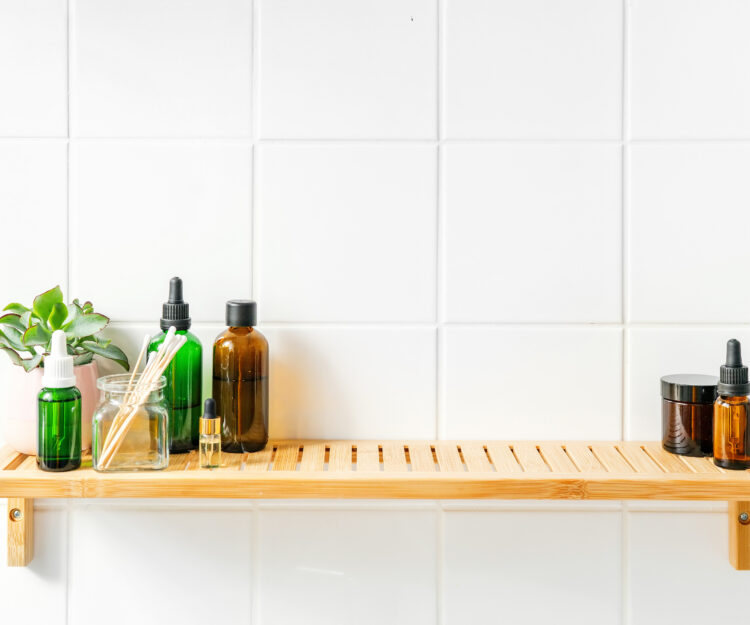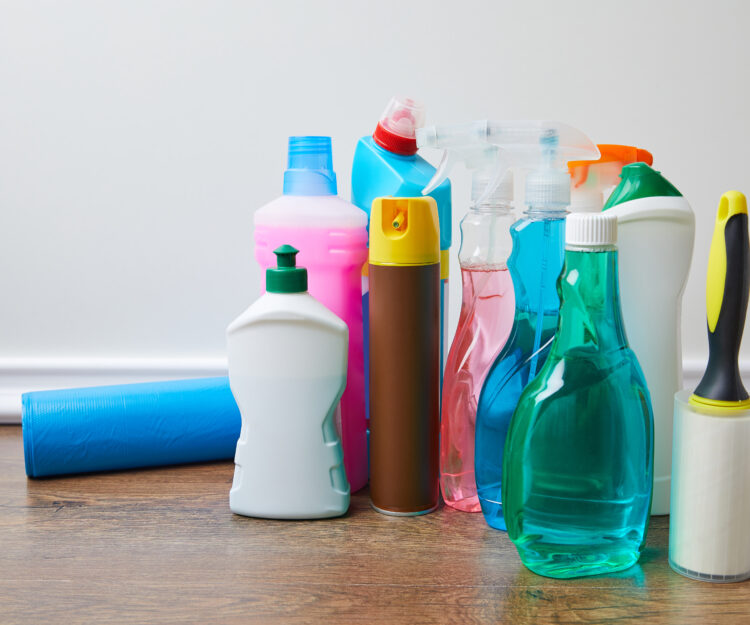Sustainability in product packaging is a hot topic—and for good reason.
The world is becoming increasingly conscious of the state of our environment and the impact of human activities on the planet. In health and wellness, the stakes are even higher.
Consumers are not only looking for products that will improve their physical health but also align with their values of environmental sustainability.
However, there are still a lot of myths and misconceptions floating around about what it takes to create a truly sustainable product. For example, 85% of all plastics in the US end up in a landfill, including a good number designated for recycling.
Let’s debunk these myths and give you actionable insights to help on your journey toward sustainable packaging.
Why wellness brands should care about sustainable packaging
Sustainable packaging is a growing trend in the health and wellness space, namely because both consumers and brands are growing more aware of their environmental impact.
With news of climate change and global warming making headlines, it’s no surprise that consumers are eager to do business with brands that are taking this situation seriously. Sustainable packaging is a great first step in that direction.
But don’t take my word for it. The data backs it up:
-
● 86% of consumers value sustainability in general
● 79% of consumers prefer products with sustainable packaging
● 67% of customers believe packaging should be environmentally friendly and 43% would spend more for a product with eco-friendly packaging
So not only is sustainable packaging good for the environment, it’s a good business decision that helps to build trust among your consumers.
5 common myths about sustainable packaging
Despite the many benefits of sustainable packaging, there are a lot of myths floating around about what it means to be “sustainable.” These misconceptions can make it difficult for brands to know exactly how to make their products more environmentally friendly.
Let’s face it: a lot of so-called “sustainable” practices are far from it. What’s more, sometimes they can create more problems than they solve. Sure, reusable glass bottles sound great in theory, but a glass bottle dropped in a shower is a slippery recipe for disaster.
Here are some of the most common myths I hear, and why I think they’re bogus.
1. “Sustainability is only about recyclability and waste reduction.”
There are a lot of pieces to the sustainability puzzle.
Recyclability and zero waste are certainly important. But when making decisions, you need to take into account the product’s entire lifecycle: including manufacturing, transportation, and more.
For example, glass is often thought of as a more sustainable packaging option because it’s recyclable and reusable for zero waste. However, in some cases, glass can have a larger carbon footprint than plastic due to the increased energy needed for transportation.
Additionally, many consumers fail to properly recycle glass products, directing them to the same landfills and oceans as plastic products.
A focus on the entire life cycle of each packaging component is critical to truly being environmentally conscious—not just recyclability and zero waste.
2. “Zero plastic is the best approach.”
Contrary to what you’ve heard, not all plastic is bad for the environment.
Sure, single-use plastics and water bottles are a huge problem. However, other plastics are actually eco-friendly.
Thanks to new production methods and technologies, we can now make plastic that’s more durable and better for the environment. For example, bioplastics made from plant materials have a much smaller carbon footprint than single-use options.
Be sure to consider alternative plastics and how they can be used in a sustainable way.
3. “Sustainable packaging is ugly.”
With more and more consumers concerned about waste in landfills and the resulting greenhouse emissions, customers are expecting companies to use more eco-friendly materials in their products.
Because of this, packaging companies have come up with some pretty cool and innovative materials that are biodegradable, compostable, and renewable. These include:
-
● Polylactic Acid (PLA): a type of bioplastic made from renewable resources such as corn starch, sugarcane, or cassava
● Bagasse: a byproduct of sugarcane production, it is the fibrous residue left after the juice has been extracted
● Recycled Paper: paper that has been made from previously used paper products
People might think that sustainable packaging has to be dull and boring, like brown or cream-colored paper with visible fibers. But thanks to new technology, you can create packaging styles that both look great and are good for the environment.
4. “Sustainability is just a marketing stunt.”
Some people assume that environmental sustainability is nothing more than a fleeting trend among younger generations and a quick cash grab from brands.
Remember those stats I mentioned above? Those show that sustainability is a growing expectation among consumers. People of all ages and backgrounds are becoming more conscious about protecting the environment and choosing products that have a lower impact.
Sustainability is here to stay, it’s an important commitment that companies need to make to protect the planet while building a more forward-thinking business strategy.
5. “Sustainable packaging hurts the bottom line.”
Finally, let’s talk about another myth that just gets my goat: sustainability is too expensive.
When comparing packaging options 1-to-1, it definitely seems that way. But while sustainable packaging may cost brands more in the short term, the long-term brand and trust benefits make it a worthwhile investment.
Final thoughts on sustainability myths
Sustainable packaging is not a marketing stunt. It’s a must-have for companies who want to stand out from the competition and attract environmentally-conscious customers.
With the stats showing that the majority of consumers and brands value sustainability and prefer products with sustainable packaging, it’s clear that this is an important consideration for any brand.
With the help of a trusted white-label brand like Alhukme, your brand can build a sustainable wellness product that not only is beneficial for the environment but also brings you more business. Don’t wait any longer, take the step towards sustainability today.








